Trained sensory panelists participated
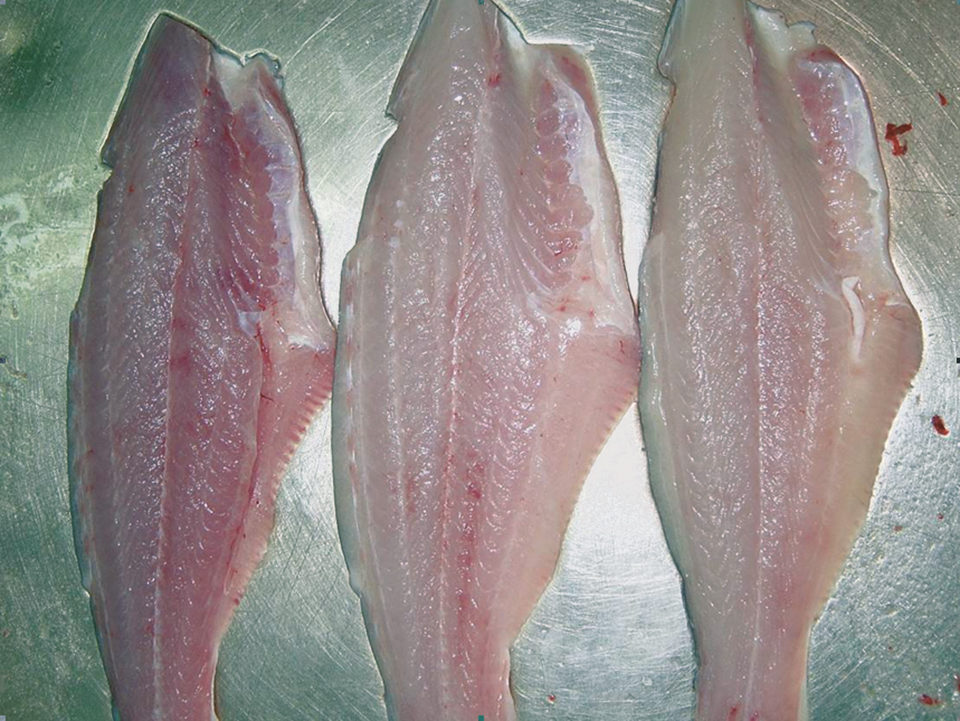
Freshness is a very significant component of the quality of seafood, a very perishable product. Sensory evaluation is an effective method to evaluate seafood freshness in a fast, easy, and reliable way.
The Quality Index Method (QIM) is a scoring system to assess freshness and estimate the quality of fishery products. The system originated in Tasmania, but most QIM programs have been developed and applied in Europe.
QIM is based on significant, well-defined product characteristics of appearance, odor, and texture, which change through storage. Normally, the demerit score for each quality parameter ranges 0-3, according to the parameter descriptions.
The scores for all the characteristics are added to produce an overall quality index, which increases as quality decreases. Since the index increases linearly with storage time on ice, the evaluation results can be used to estimate the shelf life of fish.
QIM procedures have been developed for several commercial fish, cephalopod, and crustacean species, both wild and farmed. The QIM can be applied to evaluate the freshness and quality of fish, and estimate the remaining shelf life of fish in the farmer-to-consumer chain. Production, processing and marketing can be more efficiently implemented if processors apply QIM to predict the shelf life of products. QIM evaluations also play an important role in traceability and purchasing, such as during electronic auctions.
QIM for pangasius fillets
In a recent study at the University of Fisheries in Vietnam, the authors developed a QIM system for fresh fillets of Pangasius hypophthalmus, an important freshwater catfish species farmed in the south of Vietnam.
The system, whose scoring is outlined in Table 1, was formulated through the observation of changes that occurred in the fillets from the day of filleting until they spoiled. Each parameter evaluated received scores, where a value of 0 corresponded to very fresh fillets. The scores increased according to spoil-age up to 2 or 3.
Bao, Quality Index Method scoring scheme for fresh Pangasius, Table 1
| Quality Parameter | Quality Parameter | Description | Score |
|---|
Quality Parameter | Quality Parameter | Description | Score |
|---|---|---|---|
| Skin | Color | Bright | 0 |
| Skin | Color | Somewhat dull | 1 |
| Skin | Color | Dull | 2 |
| Skin | Color | Dark | 3 |
| Skin | Mucus | Transparent | 0 |
| Skin | Mucus | Opaque | 1 |
| Skin | Mucus | Milky | 2 |
| Skin | Mucus | Yellowish | 3 |
| Flesh | Texture | Firm | 0 |
| Flesh | Texture | Somewhat soft | 1 |
| Flesh | Texture | Soft | 2 |
| Flesh | Texture | Very soft | 3 |
| Flesh | Blood | Bright red | 0 |
| Flesh | Blood | Dull red | 1 |
| Flesh | Blood | Brown | 2 |
| Flesh | Odor | Fresh, grassy | 0 |
| Flesh | Odor | Neutral, slightly fishy | 1 |
| Flesh | Odor | Fishy | 2 |
| Flesh | Odor | Sour, ammonia smell | 3 |
| Flesh | Color | White | 0 |
| Flesh | Color | Pinkish | 1 |
| Flesh | Color | Yellowish | 2 |
| Flesh | Color | Overall pink or yellow | 3 |
| Flesh | Brightness | Transparent | 0 |
| Flesh | Brightness | Opaque | 1 |
| Flesh | Brightness | Milky | 2 |
| Flesh | Gaping | No gaping | 0 |
| Flesh | Gaping | Gaping, less than 25% of fillet | 1 |
| Flesh | Gaping | Gaping, 25-75% of fillet | 2 |
| Flesh | Gaping | Gaping, over 75% of fillet | 3 |
| Total Quality Index | 0-22 |
Five trained sensory panelists participated in the evaluation of iced fillets. A quality index based on averaged data from the entire panel was calculated for each trial day of storage. The results showed a clear linear relationship between the index and storage time (Fig. 1).
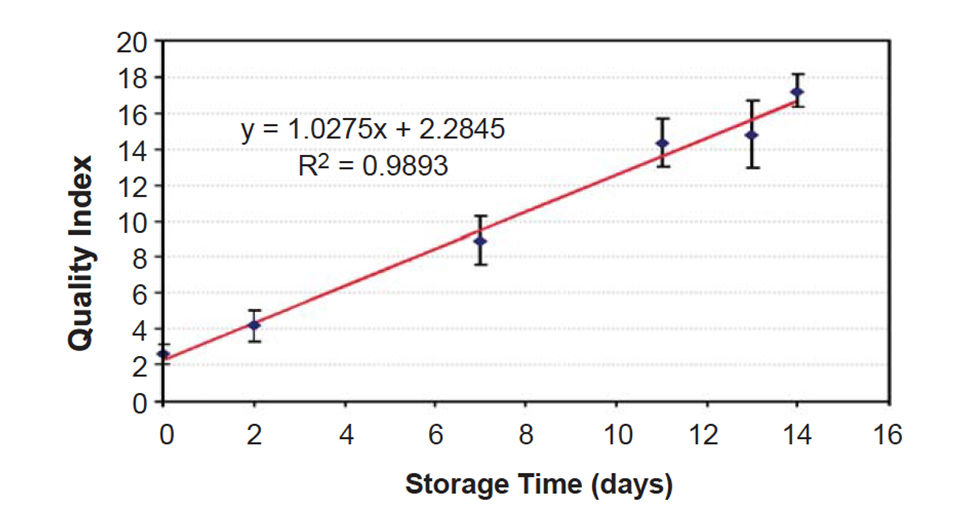
Shelf life estimation
Using this QIM, the shelf life of pangasius fillets can be estimated with an accuracy of approximately one day. This was confirmed by results from concurrent chemical and microbiological analyses.
As expected, microbial counts and ammonia levels increased with storage time (Figs. 2 and 3). At the beginning of the study, the microbes’ total viable count (TVC) was about 103 colony-forming unit per g, and ammonia content was 4.5 mgN per 100 grams. These values increased to approximately 108 colony-forming unit per grams for microbes and 49 mgN per 100 grams for ammonia by the end of the storage test.
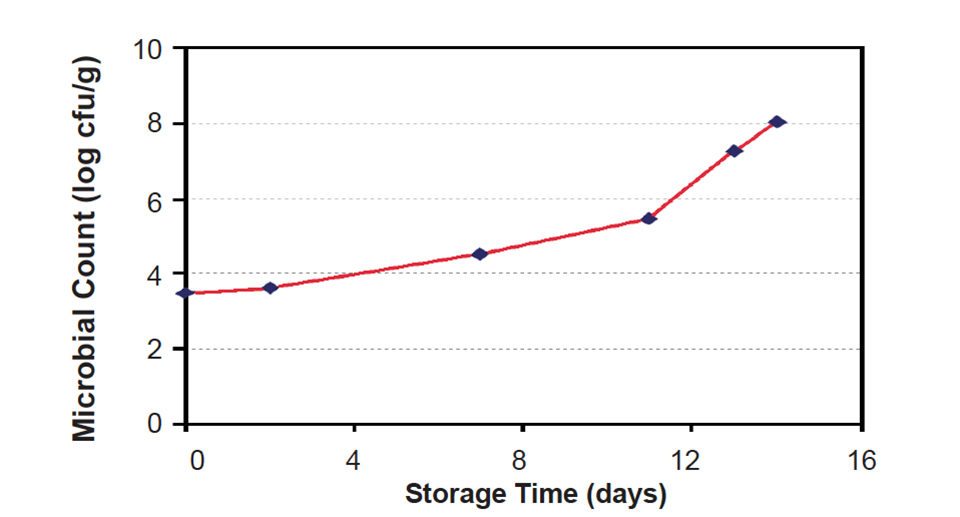
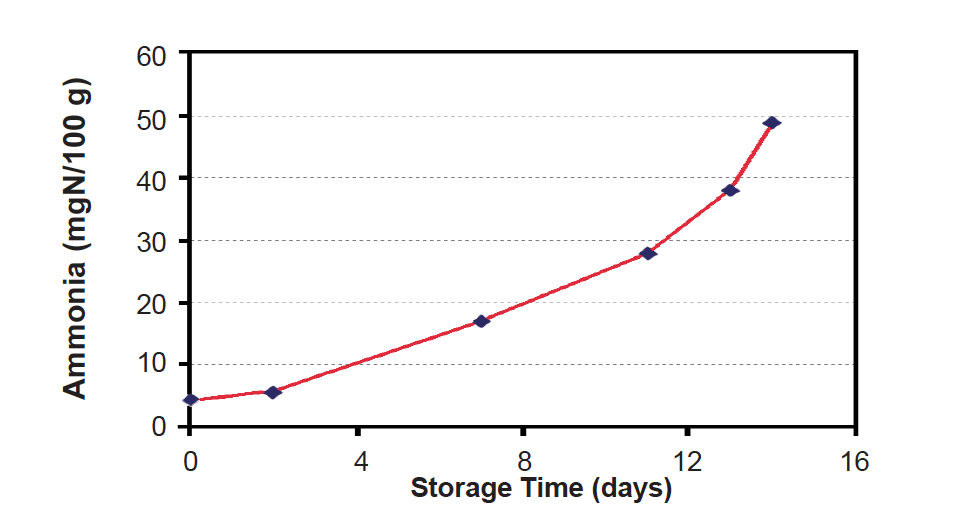
After 12 days of storage, ammonia levels exceeded 30mgN per 100 grams. Using 107 colony-forming unit per g as a limit for spoilage, the shelf life of pangasius fillets stored on ice was determined to be 12 days.
(Editor’s Note: This article was originally published in the November/December 2006 print edition of the Global Aquaculture Advocate.)
Now that you've reached the end of the article ...
… please consider supporting GSA’s mission to advance responsible seafood practices through education, advocacy and third-party assurances. The Advocate aims to document the evolution of responsible seafood practices and share the expansive knowledge of our vast network of contributors.
By becoming a Global Seafood Alliance member, you’re ensuring that all of the pre-competitive work we do through member benefits, resources and events can continue. Individual membership costs just $50 a year.
Not a GSA member? Join us.
Author
-
Huynh Nguyen Duy Bao, M.Sc.
Lecturer, University of Fisheries
Faculty of Aquatic Products Processing Technology
02 Nguyen Dinh Chieu
Nha Trang, Vietnam
Tagged With
Related Posts
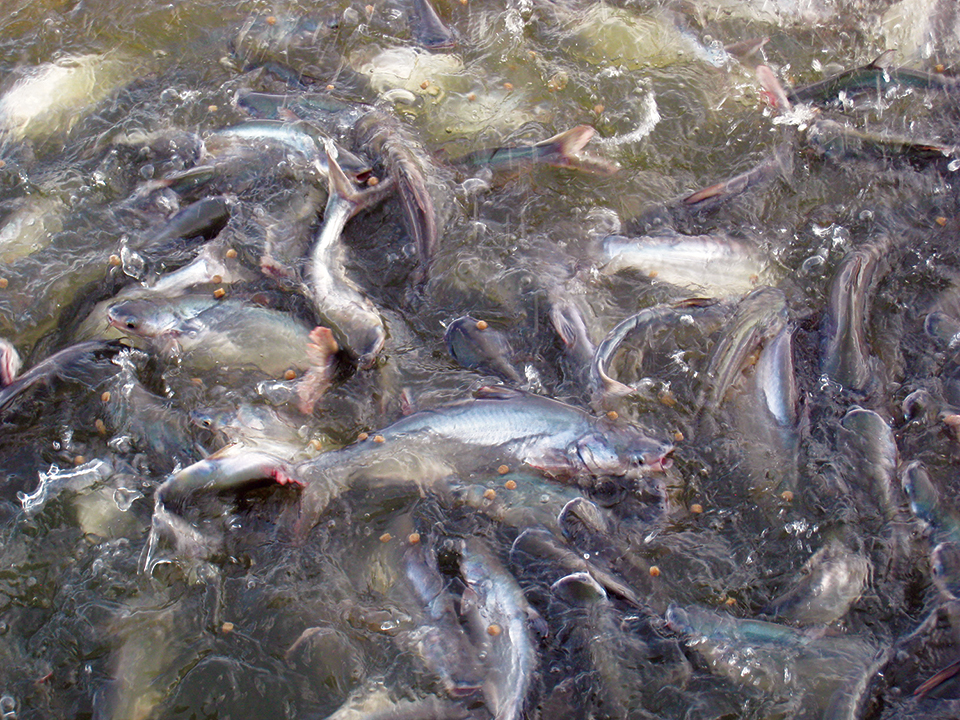
Health & Welfare
Amino acid supplementation reduces protein levels in pangasius diets
Trials show that supplementation with amino acids could reduce protein levels from a typical 28 percent to 23 percent in pangasius diets.
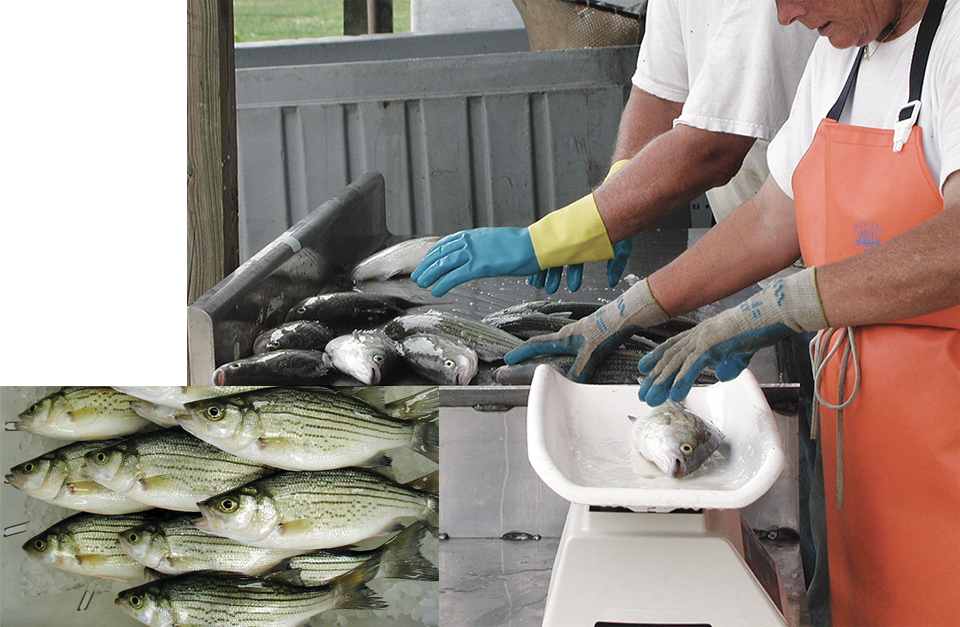
Health & Welfare
Pre-harvest conditions, handling affect sensory quality of freshwater fish
Flavor is an important seafood quality attribute that can be affected by preharvest conditions. Off-flavors are a result of natural enzymatic, oxidative and bacterial spoilage processes.

Intelligence
Omega-6s and the threat to seafood’s healthy halo
Research shows farmed fish fed diets heavy on vegetable oils have higher amounts of omega-6s and lower amounts of omega-3s, compared to fish fed diets heavy on fish oil. We take a deep dive into the relationship between the two fatty acids.
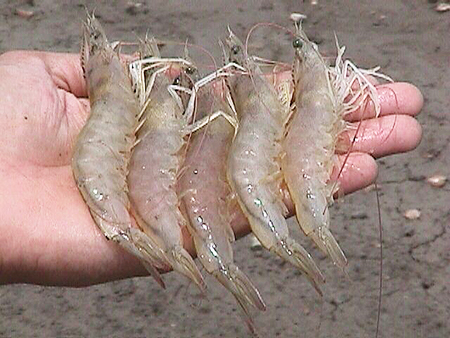
Health & Welfare
Botanical extracts improve productivity of shrimp, pangasius
In a study with pangasius, dietary administration of a blend of botanical extracts improved performance, reducing intensity of gill parasite infestation.


